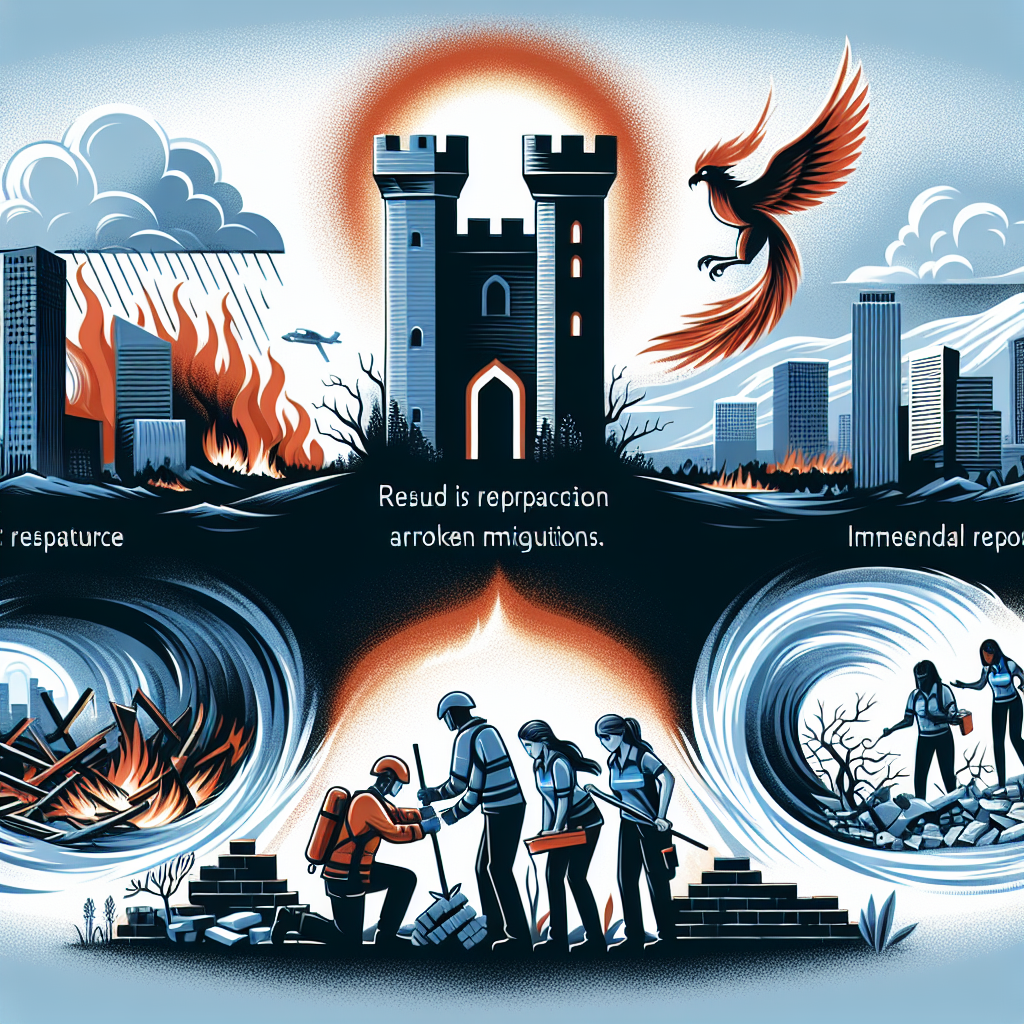Understanding the Key Components of Disaster Recovery Strategies
Disasters can strike at any moment, and when they do, it is essential for businesses to have a solid disaster recovery strategy in place. A disaster recovery strategy is a plan that outlines how an organization will respond to and recover from a disaster, whether it be a natural disaster, a cyberattack, or any other unforeseen event that could disrupt business operations.
Understanding the key components of a disaster recovery strategy is crucial for businesses to ensure that they can bounce back quickly and efficiently in the event of a disaster. Here are some of the key components that every disaster recovery strategy should include:
1. Risk Assessment: The first step in developing a disaster recovery strategy is to conduct a thorough risk assessment. This involves identifying potential threats and vulnerabilities that could impact the organization’s operations, such as natural disasters, cyberattacks, or human error. By understanding the risks that the organization faces, businesses can develop a plan that addresses these specific threats.
2. Business Impact Analysis: A business impact analysis (BIA) is a critical component of a disaster recovery strategy, as it helps businesses understand the potential impact that a disaster could have on their operations. By conducting a BIA, organizations can identify their critical business processes, resources, and dependencies, allowing them to prioritize their recovery efforts and allocate resources effectively.
3. Recovery Time Objectives (RTO) and Recovery Point Objectives (RPO): Recovery time objectives (RTO) and recovery point objectives (RPO) are key metrics that businesses use to measure the effectiveness of their disaster recovery strategy. RTO refers to the amount of time it takes to restore critical systems and operations after a disaster, while RPO refers to the amount of data that can be lost during a disaster. By setting clear RTO and RPO goals, businesses can ensure that they are able to recover quickly and minimize data loss.
4. Backup and Recovery: One of the most critical components of a disaster recovery strategy is having a robust backup and recovery plan in place. This involves regularly backing up critical data and systems to ensure that they can be quickly restored in the event of a disaster. Businesses should also test their backup and recovery processes regularly to ensure that they are effective and reliable.
5. Communication Plan: In the event of a disaster, effective communication is essential for ensuring that employees, customers, and stakeholders are kept informed and updated on the organization’s recovery efforts. A communication plan should outline how information will be disseminated during a disaster, as well as how stakeholders can reach key personnel in case of an emergency.
6. Training and Testing: Finally, businesses should regularly train employees on their disaster recovery plan and conduct regular testing to ensure that the plan is effective. By training employees on their roles and responsibilities during a disaster and conducting simulated disaster scenarios, organizations can ensure that everyone is prepared to respond quickly and effectively in the event of a disaster.
In conclusion, understanding the key components of a disaster recovery strategy is crucial for businesses to ensure that they can recover quickly and efficiently in the event of a disaster. By conducting a risk assessment, performing a business impact analysis, setting clear RTO and RPO goals, implementing a robust backup and recovery plan, developing a communication plan, and regularly training and testing their plan, organizations can be better prepared to respond to and recover from any disaster that may come their way.


